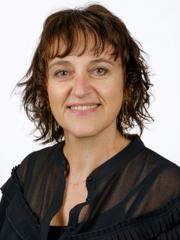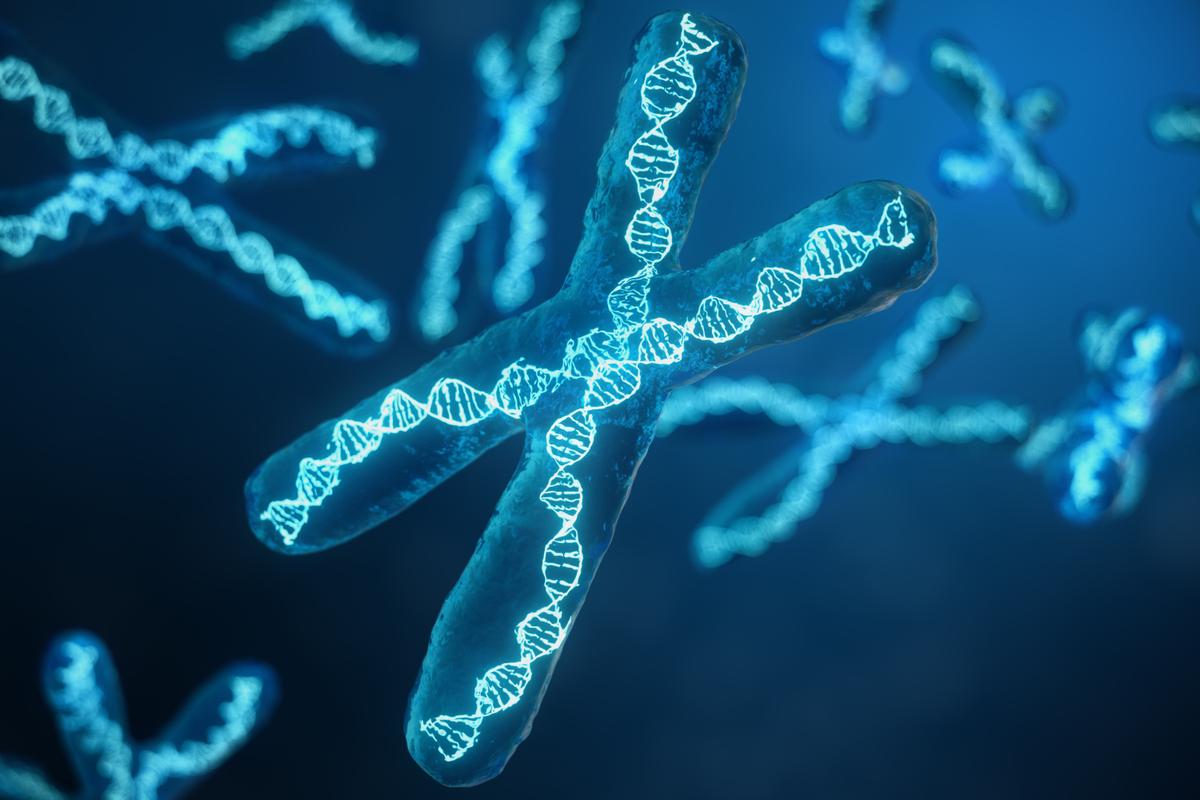The discovery of the genetic defect dates back to 2008, when professor Hilde Van Esch examined a family with the syndrome in question. “Only the males in this family were affected via the maternal line,” Professor Van Esch explained. “The defect is found on the X-chromosome, which is why we refer to it as an X-linked disorder. Because males only have one X-chromosome, the disorder only affects them. In females the genetic defect is usually compensated for by the second X-chromosome.”
The cause could be identified by comparing the X-chromosome of males in the family affected by the disorder with that of healthy males: the POLA1 gene. However, this observation in a single family was not enough to draw scientific conclusions. There were no other similar families known at that time and the study was consequently temporarily put on the back burner.
Genetics variant of Tinder
But the research has gained momentum again in recent years. Using gene matching other families with a comparable form of learning disability syndrome could be traced. “You could consider it a genetics variant of Tinder,” stated professor Van Esch. “The databank will only highlight a match if the person has a defect in the same gene and displays the same clinical symptoms. This way we managed to identify three similar families in Europe, America and Australia.”
These families also showed a mutation in POLA1. We can, therefore, now state categorically that POLA1 is at the root of this rare disorder. Joining forces with the research team of professor Mark O’Driscoll (Sussex University), the laboratory of professor Van Esch studied what goes wrong when this gene mutates.
Now that we know where the genetic defect is located, embryo selection will enable us to prevent a child being born with this rare disorder.Prof. dr. Hilde Van Esch - clinical geneticist
Cell division awry
“POLA1 plays a fundamental part in cell division. Before cells divide a copy has to be made of the complete DNA, approximately 3 billion building blocks. The POLA1 gene is responsible for the initial steps of this copying process. If the gene doesn’t function properly, as is the case with this rare disorder, cell division is disrupted. Cells will divide more slowly, which explains patients’ growth disorders and smaller brains.”
The families affected by this rare disorder can finally have certainty about the diagnosis. This knowledge will also enable doctors to prevent the disease from being passed on to the next generation. “Women who are carriers of a hereditary gender related disorder are often too afraid to start thinking about having children,” professor Van Esch added. “Now that we know where the genetic defect is located, we can adapt pregnancy treatment accordingly. For example, embryo selection will enable us to prevent a child being born with this rare disorder.”

